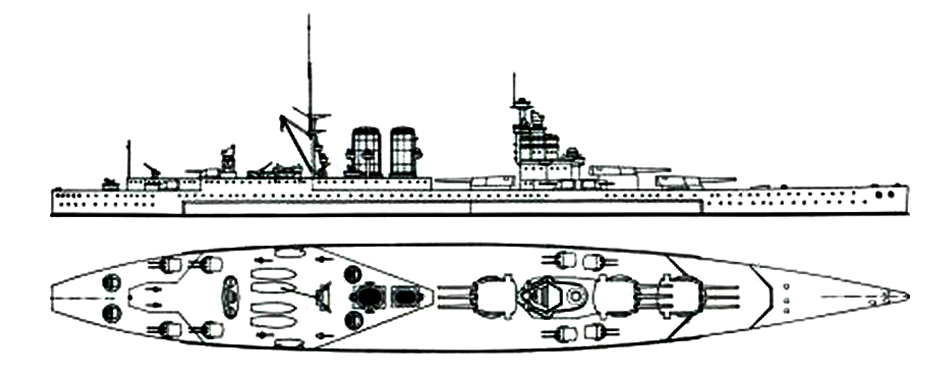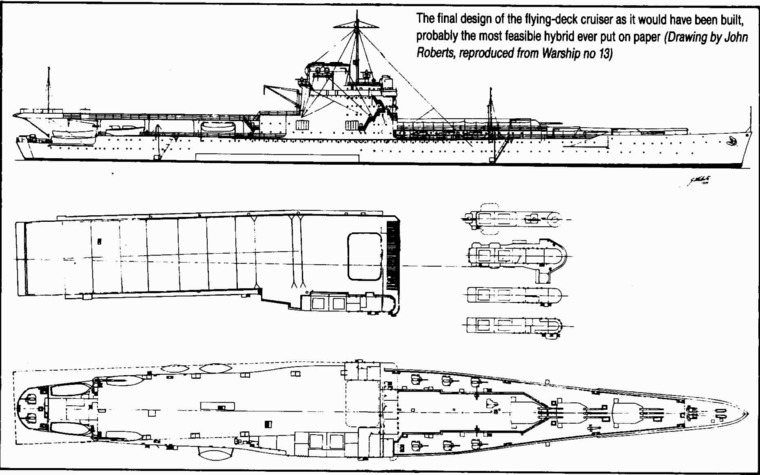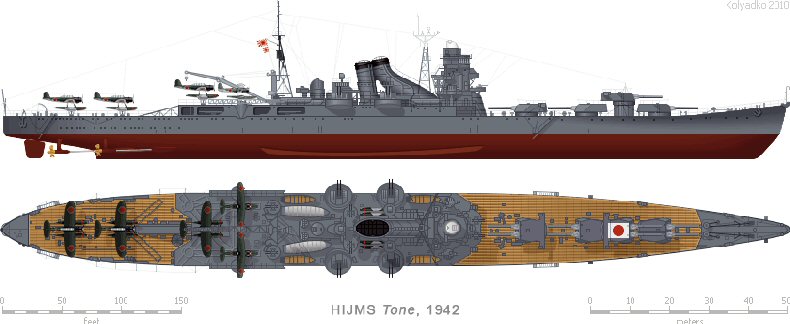McPherson
Banned
Yes, no, more than two and no.
Let us break that down.
Long version of my view,
I think all four G3s are built, the cost over OTL is tiny and virtually irrelevant to total budget.
Budget is not the limiter. 300 meter docks is. These hulls are in the neighborhood of 55,000 tonnes. I think GB has exactly 2 weighs that can do those ships but will have to be rebuilt to accommodate or else new drydocks. EXPENSIVE $ to upgrade.
Old ships end up in semi-reserve unlike OTL after WNT more like pre WWI, this is very cheap just look at the fleets pre WWI and post WWII hulls in water will last 10+ years will minimal work and still be effective 2nd rate units, ie 13.5" ships, 15 will be the main force, 16" the fast BC force (with H,R&R).
In RN parlance these were 1/2 manned and called "guard ships". More expensive than USN "mothball" method. $
I don't know if the RN did barrel life tests like the USN did, but past a certain bore size, (40.5 cm) the barrel inner liner wears out in as few as 300 war-shots. If you need to keep your gunnery up and your SHW 40.6cm shells are breaking steel RHA 2/3 of a meter thick, and you are getting 1000 war-shots per barrel out of a Colorado, why in Murphy's name are you building a Yamato or an N3? I would not be too thrilled with the G-3 either.Then From late 20s to early 30s (say 25-35) GB will build something assuming no treaty or unofficial deals. I would assume she will build more G3 like classes ships as going 18" first (and IJN will have stopped due to cash and USN is keeping 16"/50s) would be unnecessarily destabilising. Say 4 LD in 26 for completion in 30, this matches the Colorado's and SD class of USN so then what happens? do they stop due to crash or make 4 or 2 and then 4 or 2 in 29-33 and 32-35?

Aim for the forward superstructure, boys! Watch her explode!
if they have built more ship in 22-35 then they will not order two at a time to replace QE as they can build four or more and will at least for the first class due to the rush. With not WNT they would be G3 sized monsters 16"/45-50,000t. This makes it much harder for others to match or even cheat as they cant go much larger B&T, 4xL, Y&M(OK but not as much from 14"/35,000t)
Dead meat to a 1935 North Carolina. Designed either as a 35.5 cm or 40.6 cm. Pick your poison.
Nobody will want to reuse 15" mounts till far to late and why when you can still sail the Rs/QEs/R&R as well as convoy escorts and bombardment ships (like WWI pre dreads).
HMS Vanguard was a very useful paperweight and future source of razor blades. IOW too late to the party. ITTL built in 1935, very useful as a one-off.
RN fleet 1939 something like,
Main force 4x G3, 4x G3b, 4x Lion with 4 Lion B building
Reserve force Hood, R&R, 5xQE, 5xR all unmodified and getting very worn out
Fairly close provided the Crown exchequer finances 2 more 300 meter docks.
USN
6 SDs 4 Colorado 2 NC (Montana like 16" BB) with 4 more building and 4 Lex (2 as CVs)
The standards in reserve
I presume a BB Holiday, then an 8-8 panic and a "economic recovery" shipbuilding program. I hate the SDs with a passion.
Say goodnight, Gracie. (Credit chap named T'zohl) 15 m/s tac speed with guaranteed 40.5 cm KYD in 5 ladders or less.
IJN
N&M, K&T, 4x Amagi, Kii (Owari destroyed by quke) and 2 new 30s 16" ships and 2 building
14" in reserve
Generally agree. As usual the US is the hard one to predict. You could probably roll dice to decide the mix of SDs, Lexingtons, and Lexington CVs.
I can answer that one. Lexingtons (all 6 become flattops) SD design was a WW I rush disaster. Postwar need a new one, and it will be the 1927 pattern that will eventually become the 1935-37 North Carolinas. Thought (^^^) I'd go Nelson on you and make your RN 1930 nightmare a reality.
One problem is too few hulls to cover too many oceans. North Atlantic, Mediterranean and Indian Oceans. So... 9 hulls won't cover 22.Something I just considered but rarely gets brought up in these. Part of the cost savings of the G3s was that 2 replace 5 of the 13.5" battleships. Does this equation still play out in the 30s with the second and third generation? Do 4 "Lions" replace 5 Rs or are the more capable ships expected to replace a couple of QEs as well? Batches of 4 or 5 match what was built historically, but there we are talking 35K ships replacing 30K ships in a lead up to a war.
Yamato shows up.
London and DC go "huh", and use their financial muscle to built two more ships. A Yamoto is a rounding error when building by the squadron.
Instead of 6 improved SDs expect 10.
HMS Argus and Eagle will get replaced around 1930 with new build trade protection carriers. Think a 14 - 17,000 ton Hermes with a much smaller island and a speed of 25 - 30 knots. The RN may also experiment with a carrier/oiler like the USN's Sangamon class CVE's.
No good without a FAA that makes sense. Nothing wrong with the Curiosity class that a full length flight deck, shutters in the hanger sides, and a good GP scout torpedo plane does not solve as a CVL rebuild. Need a good naval fighter, too. Save scarce slips and $ for improved Ark Royals.
Last edited:



